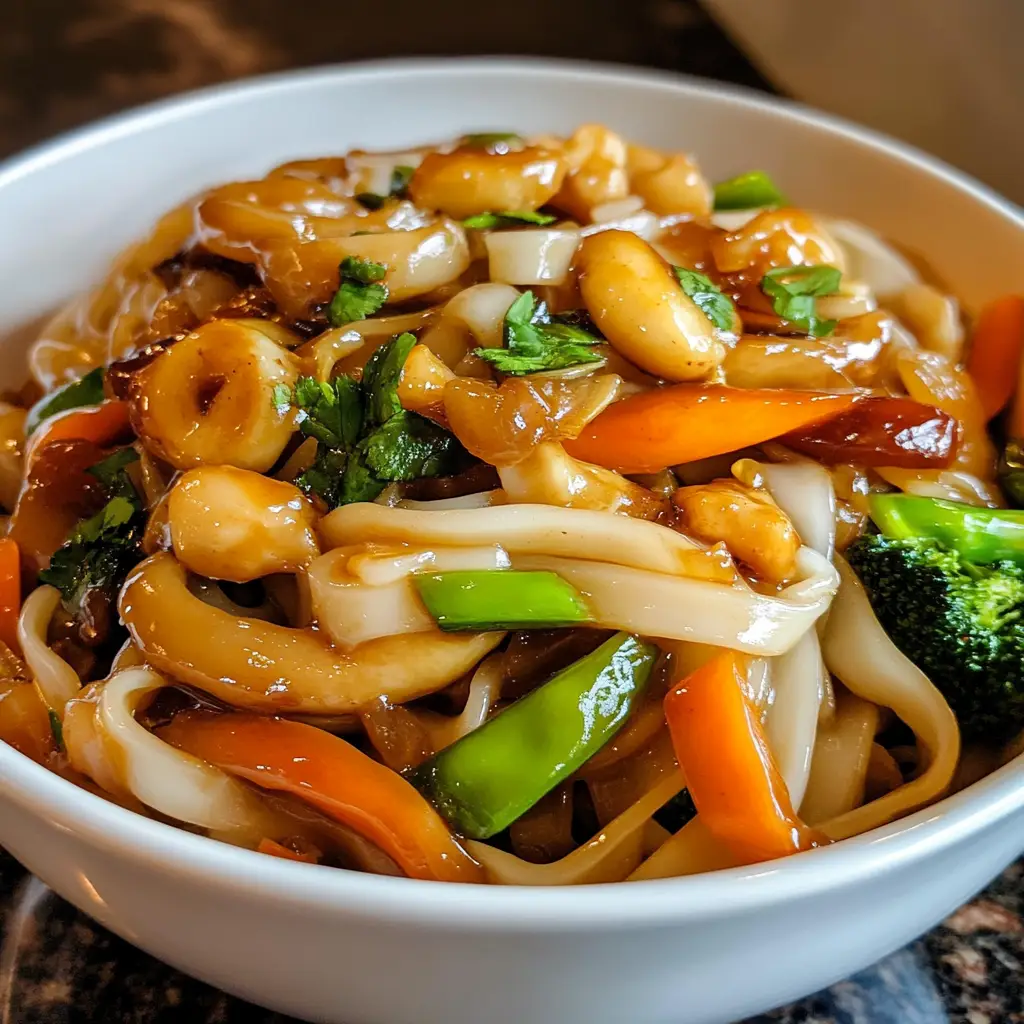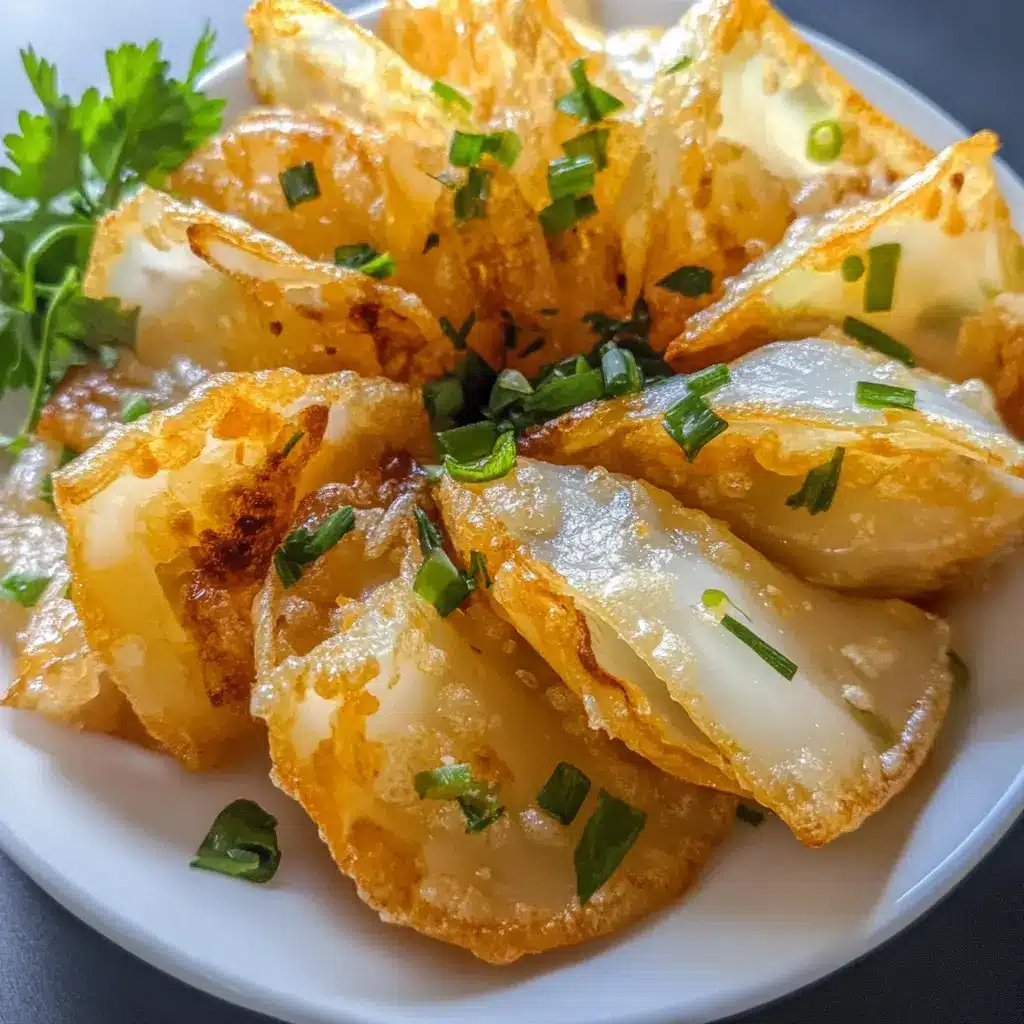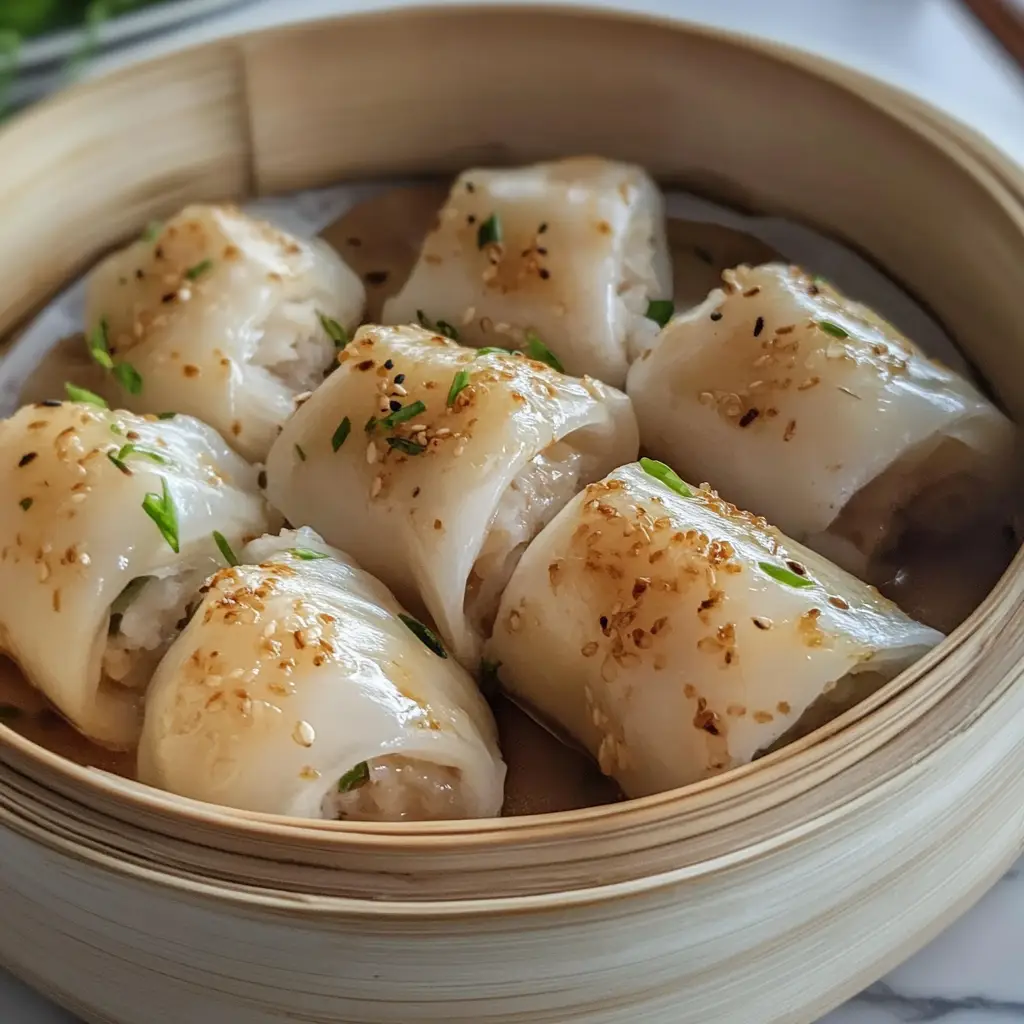Table of Contents
If you love Asian cuisine — or if you just appreciate a meal that’s simple, fresh, and bursting with flavor — rice noodle sheets deserve a place in your kitchen. These silky, chewy sheets of goodness are incredibly versatile, gluten-free, and surprisingly easy to work with once you know a few simple tricks.
Today, let’s break down exactly what rice noodle sheets are, how to use them, and why they might just become your new favorite secret ingredient.
What Are Rice Noodle Sheets?
Rice noodle sheets are thin, wide sheets made primarily from rice flour, water, and sometimes a touch of tapioca starch (for a little extra stretch and smoothness). Think of them as the big, flexible cousins of the regular rice noodles you find in pho or pad Thai.
You’ll typically find rice noodle sheets used in dishes like:
- Cheung Fun — soft, steamed Chinese rice rolls filled with shrimp, beef, or vegetables.
- Banh Cuon — a Vietnamese dish where delicate rice sheets are filled with minced pork and mushrooms.
- Stir-Fried Rice Noodle Dishes — the sheets are cut into wide strips and stir-fried with soy sauce, veggies, and proteins.
- Fresh Spring Rolls — while traditional rice paper is used, some homemade versions use very thin rice noodle sheets instead.
These sheets are available fresh (at Asian supermarkets) or can even be homemade if you’re feeling adventurous.

Are Rice Noodle Sheets Healthy?
In one word: Yes!
Rice noodle sheets are naturally:
- Gluten-free (great for those with gluten sensitivity)
- Low-fat and low-sodium on their own
- Simple and clean, usually made with minimal ingredients
The health factor comes down to what you pair them with. Stick to lean proteins, fresh veggies, and light sauces, and you have yourself a seriously wholesome meal. Even when stir-fried, they’re much lighter compared to dishes using heavier wheat noodles or deep-fried wraps.
6 Delicious Recipes You Can Make with Rice Noodle Sheets
Rice noodle sheets are incredibly versatile — and honestly, kind of fun to work with once you get the hang of it!
1. Classic Cheung Fun (Steamed Rice Noodle Rolls)
- What it is: A popular dim sum dish featuring soft, silky rice noodle sheets filled with shrimp, beef, or vegetables.
- How to make it:
- Steam fresh rice noodle sheets until soft.
- Add cooked shrimp or seasoned ground beef.
- Roll them up and drizzle with a sweetened soy sauce.
- Top with chopped scallions and toasted sesame seeds for extra flavor!
2. Stir-Fried Wide Rice Noodles

- What it is: A fast and flavorful dish like a gluten-free version of Chow Fun.
- How to make it:
- Slice rice noodle sheets into 1-2 inch strips.
- Stir-fry in a wok with garlic, soy sauce, bean sprouts, green onions, and your choice of protein (tofu, chicken, or beef).
- Add a splash of oyster sauce for an authentic touch!
3. Vietnamese Banh Cuon (Steamed Rice Rolls)
- What it is: Thin, delicate rice sheets filled with ground pork, mushrooms, and onions, topped with crispy shallots.
- How to make it:
- Steam the rice sheets or use fresh ones.
- Fill with a savory pork and mushroom mixture.
- Roll and serve with Vietnamese dipping sauce (nuoc cham) and lots of crispy fried shallots.
4. Rice Noodle Sheet Wraps (Healthy Lunch Rolls)
- What it is: A fresh, easy lunch idea packed with veggies.
- How to make it:
- Use softened rice noodle sheets as wraps.
- Fill with julienned veggies, grilled chicken, and fresh herbs like mint and cilantro.
- Roll them up like burritos and dip into peanut or hoisin sauce.
5. Rice Noodle Lasagna (Gluten-Free Twist)
- What it is: A creative, gluten-free version of traditional lasagna!
- How to make it:
- Layer softened rice noodle sheets with marinara sauce, ricotta cheese, spinach, and mozzarella.
- Repeat layers and bake until bubbly and golden on top.
- Bonus: No need to pre-cook the sheets extensively — just a quick steam or microwave softens them.
6. Crispy Rice Noodle Sheet Chips

- What it is: A crunchy, snackable treat!
- How to make it:
- Cut rice noodle sheets into triangles.
- Lightly brush with oil and sprinkle with a pinch of salt or your favorite spices.
- Bake or air-fry until crispy.
- Serve with salsa, hummus, or even a spicy Asian dipping sauce.
✨ Pro Tip: If you need inspiration for sauces to serve with these dishes, check out this Freddy’s Fry Sauce Recipe — because a good sauce turns a great meal into an unforgettable one!
you can check out these Rice Paper Rolls with Noodles.
How to Store Rice Noodle Sheets
- Fresh Sheets: Store in the refrigerator, tightly wrapped. Try to use within 2–3 days. They tend to dry out quickly once opened.
- Homemade Sheets: Best eaten immediately, but you can refrigerate for a day, layered between sheets of parchment paper to prevent sticking.
- Freezing? Not recommended. Freezing can turn the delicate texture brittle and chewy in a not-so-good way once thawed.
If your fresh sheets get a little dry, a quick steam or a damp towel wrap can bring them back to life!
Common FAQs About Rice Noodle Sheets
How to use rice noodle sheets?
Rice noodle sheets are incredibly versatile and easy to use once you get the hang of it. You can steam them to make soft, rolled dishes like Cheung Fun or Banh Cuon. You can also slice them into wide strips and stir-fry them with vegetables, soy sauce, and your choice of protein for a delicious, hearty meal. Some people even use rice noodle sheets as gluten-free wraps for sandwiches or layer them in place of pasta for a light, rice-based lasagna.
Pro Tip: If the sheets feel stiff, a quick steam or microwave with a damp cloth will make them perfectly pliable and ready to roll or fold!
Are rice paper noodles healthy?
Yes! Rice paper noodles (often referring to the thin vermicelli noodles or sheets made from rice flour) are naturally gluten-free, low in fat, and lower in calories compared to many wheat-based options. They’re made from simple ingredients — usually just rice and water — making them a clean and wholesome base for meals. Just remember, what you add with them (like creamy sauces or fried toppings) can impact the overall healthiness of your dish.
Are rice noodles better for you than pasta?
It depends on what you’re looking for!
- Rice noodles are naturally gluten-free, lighter, and often lower in calories than traditional pasta made from wheat.
- Pasta typically contains more protein and fiber, especially if it’s whole wheat or made from legumes.
If you’re sensitive to gluten, watching your calorie intake, or just want a lighter meal, rice noodles are a fantastic choice. If you’re focused on getting more fiber and protein, you might want to stick with whole grain or specialty pastas. Both can be part of a healthy diet — it all comes down to balance!
Are rice noodles healthy to eat?
Absolutely! Rice noodles are a healthy option, especially when paired with fresh vegetables, lean proteins, and light sauces. They’re low in fat, easy to digest, and provide a quick energy source thanks to their carbohydrate content. However, because they’re lower in fiber and protein than some other grains, it’s a good idea to enjoy them alongside fiber-rich veggies and a good source of protein to create a more balanced meal.
Final Though
Rice noodle sheets are one of those humble ingredients that quietly bring a whole world of possibilities to your kitchen. They’re flexible (literally and figuratively), light, and a fantastic foundation for both traditional and creative dishes.
So next time you’re at your local Asian grocery store, grab a pack of rice noodle sheets. Whether you steam them into delicate rolls or stir-fry them into something hearty and satisfying, you’re in for something truly delicious.

